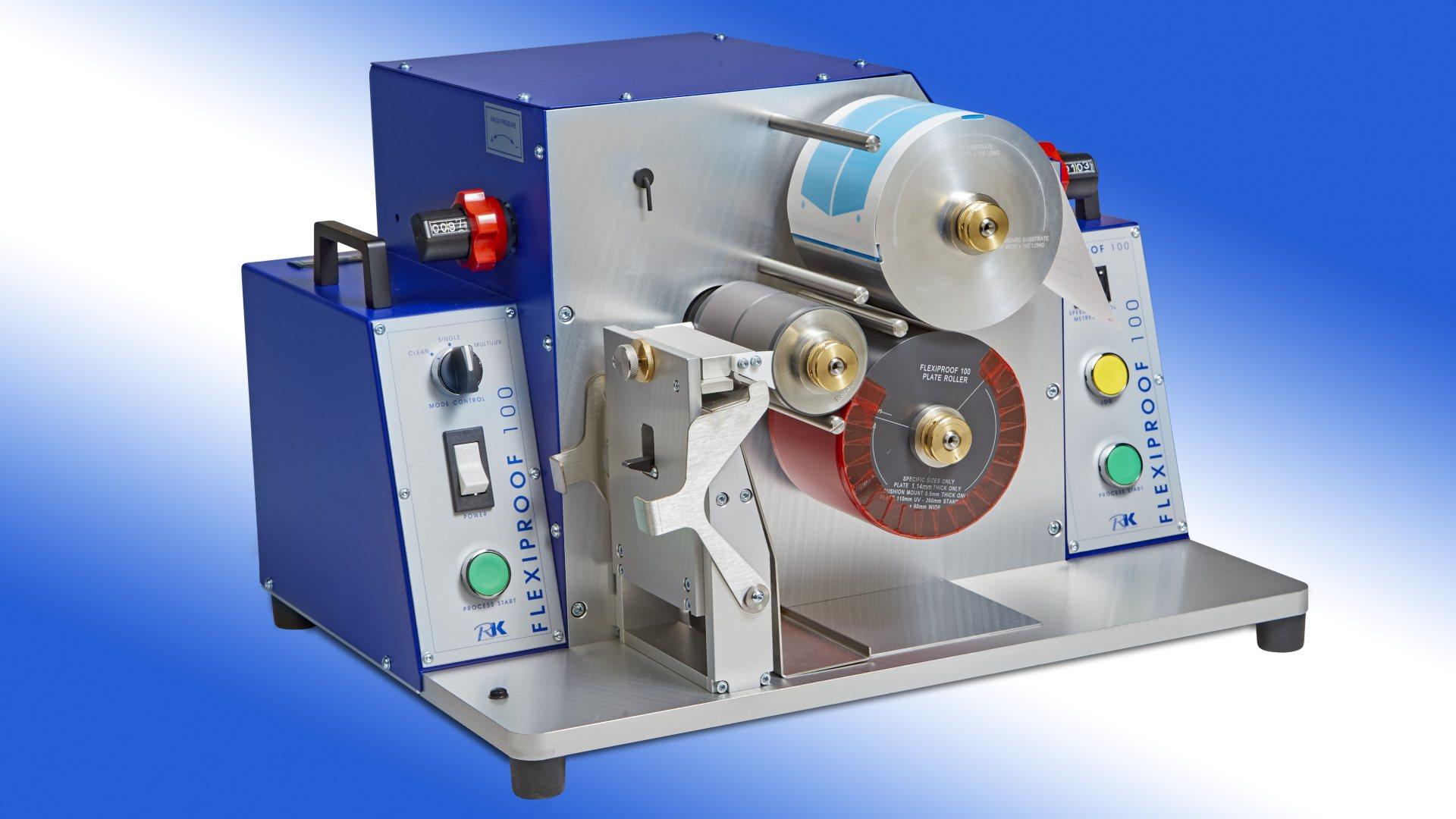Inks, since they are valued for their communicative value, need to look good and must be durable when applied to a label or a package of some description or something else. However, converters and their print and packaging buying customers are generally looking for something more. That something more, may be better adhesion and/or chemical resistance; abrasion resistance and rub resistance. It may be that the inks are to adorn a no-label look item that’s going to be taken into the shower, such as a body wash or shampoo and if so: inks and coatings need to be water, heat and moisture resistant.
Converters printing flexo would like to be able to use inks that run at varying speeds without compromising on colour strength. Print and packaging buyers and the customer at the point of sale would like inks with minimal environmental impact, with no components or chemistries that leach out after packaging disposal. Consistency of colour is essential; factors such as the chosen substrate can make it difficult to meet colour targets. When we consider colour and how it appears, we are looking at more than just transparency, opacity and gloss; it is necessary to consider the subtleties, the hue or shade, strength or saturation: chroma of a colour, along with how light or dark a colour appears.
Size and shape of the pigments affects colour strength
With certain inks, even the size and shape of the pigments can affect colour strength; the drying and colour of the substrate and drying or absorption properties also impact print quality. The pigment is essentially any particulate, solid: coloured, black, white, etc., that is able to alter the appearance of a subject material by the process of selective absorption and/or the scattering of light.
Of course, inks are much more than colourants: either pigments or dyes. They also incorporate a vehicle, the resin sometimes referred to as the binder, varnish or carrier. The type of vehicle used influences not just hue and colour values, but also its ability to wet individual particles. Substrates, as eluded to earlier, have different light reflective properties, making a deposited ink appear sometimes not quite as the customer had in mind.
The performance of, for example, water based flexographic inks is to a large degree, dependent upon the additives that are incorporated into the ink to optimise specific properties. Inks may incorporate additives such as lubricants; surfactants that may be used in carefully measured quantities to lower ink surface tension and provide for improved wettability and press performance; adhesion promoters; anti-foam agents; anti-fungal agents, oxidising agents and crosslinking agents. This list is by no means exhaustive, and other inks such as UV and LED UV and solvent inks differ in either chemistries or measured amounts of relevant ingredients. UV inks incorporate photo initiators, monomers and oligomers, etc.
Ink manufacturers must endeavour to formulate a product that takes into account the end use of a printed product and the various converting or finishing processes. Converters generally partner up with their suppliers to minimise any difficulties that may arise. It goes almost without saying that the colour when viewed must be as expected, there must be no surprises. What goes into the ink and the way it performs is to a large extent dependent upon the sum of its parts and on the way every ink component, pigments, resins and additives function not only individually but also in unison and with other chemical mixes. In essence, it is a balancing act. Quality control devices that potentially can be used by the ink producer, additive and resin, colourant supplier and by the printer/converter are of obvious benefit.
Ensuring consistency of performance and standardisation
The FlexiProof 100 has been supplied to additive, resin and ink manufacturers and flexographic printers and converters to ensure consistency of performance and standardisation. This colour communication, customer sampling and proofing device has also been supplied to education and training establishments as well as plate manufacturers, anilox roller developers, chemical suppliers and substrate producers.
The FlexiProof 100 and variants FlexiProof UV and FlexiProof LED UV can be used for research and development, setting standard test procedures, computer colour matching, the production of presentation samples, flexibility, gloss, chemical resistance, run resistance, durability and for trialling unfamiliar materials and components, etc.
The FlexiProof UV and FlexiProof LED UV differ in one respect from the FlexiProof 100 in that they incorporate a miniaturised integral UV curing unit, enabling users to print/cure seamlessly, in order that all blemishes, including pinholes, are readily visible.
Written by Tom Kerchiss, Chairman of RK Print Coat Instruments Ltd.

